Galapagos Islands, Ecuador
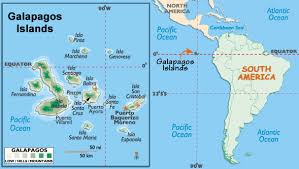
The Galapagos Islands are as renowned for wildlife viewing as southern Africa, though the wildlife of the Galapagos is of a radically different nature. Though any child can regularly identify animals commonly found in Africa, they may find themselves much more challenged in the Galapagos. On this tiny dot in the Pacific, 620 miles off the coast of Ecuador, tourists stay on ships and go ashore twice a day to one of 60 approved visitor spots spread across 13 islands. Completely geographically isolated, the animals of the Galapagos have evolved over thousands of years without outside influences. Here, your children will have the opportunity to walk through a pristine wildlife laboratory and follow in the groundbreaking footsteps of naturalist Charles Darwin.
The British newspaper The Telegraph describes the experience this way: “You can see everything from penguins living in the tropics and boobies with bright blue feet to tool-using woodpecker finches and male frigate birds turning their wrinkled throat sacs into extraordinary, fully-inflated red balloons. One day you could be watching time-worn giant tortoises in the misty highlands, and the next you could be snorkeling with playful sea lions in crystal-clear water. Your family could be sunbathing on black lava rocks next to prehistoric-looking marine iguanas, or sitting with waved albatrosses as they perform their bill-circling, swaggering courtship displays. Your children may remark that they look rather like samurai warriors performing a scene from Lord of the Dance. There really is nowhere else quite like it.”
In 1835, on board the H.M.S. Beagle, Charles Darwin landed on the Galapagos. He spent five weeks collecting specimens of birds, plants, and animals. It was pointed out to Darwin that there were differences between the giant tortoises from the different islands. In the years that followed with time to reflect and analyze, Darwin realized that even the mockingbirds were different on each island. Using the observations from numerous endemic Galapagos Island species, Darwin theorized the concept of “natural selection,” challenging the historical belief of “special creation.” Special creation is defined in Wikipedia as “a theological doctrine which states that the universe and all life in it originated in its present form by unconditional fiat or divine decree.” In 1859, Darwin published his book On the Origin of Species, unleashing a volatile debate between science and religion which pitted the theory evolution against creationism—a debate ongoing to this day. Regardless of belief, the Galapagos will provide your children with a vital opportunity to understand the power of the scientific tools of observation and experiment. Here, your children can follow Darwin’s process to understand how scientists observe, quantify, and qualify the world around them. And for those interested in the techniques of rhetoric and debate the Galapagos provides a unique setting to practice developing arguments with one another as an exercise in developing and defending an argument. In addition, the Galapagos will provide your children with an opportunity to understand conflicting world-views and the techniques used to support and dismantle those views. Your children can develop the techniques and cognitive ability to understand and vet their own beliefs, tools that will serve them well in a variety of academic and life circumstances.
The location of the Galapagos makes it an excellent destination as part of a larger journey. The trip would be worth it without the scientific exercise. Flying south to the equator and visiting Ecuador’s capital Quito which sits 9,000 feet above sea-level in the majestic Andes. Here, you can walk the streets of its UNESCO listed colonial old town and begin to gain insight into this South American country.
Talk with your travel expert to plan and pick the best time of year, and find the boat that makes the most sense for your family. Then, your expert will help you decide if you want to expand your trip and conquer Machu Picchu in nearby Peru as well!
Learning Opportunities:
- See first-hand the spectacular variety of organisms that have evolved in geographic isolation.
- Challenge your bird-spotting skills and learn how to identify dozens of different finch species.
- Develop an understanding of the scientific method and its powerful tools.
- Visit the location where the evidence for theories on evolution and natural selection were found.
- Understand the significance and importance of protecting and preserving pristine locations.
- Use the work of Darwin as a jumping off point to understand the theory of natural selection or the skills of rhetoric used to support and defend one’s position.
- Expand your trip to include nearby South American countries such as Ecuador, and explore the rich cultures of South America.
Talk with your travel expert to plan, pick the best time of year, the boat that makes the most sense for your family and decide if you want to expand your trip and conquer Machu Picchu in nearby Peru as well.
Photo Gallery
Read
-
 Giant Tortoises: Goliaths of the Galapagos
Giant Tortoises: Goliaths of the Galapagos
-
 Managing Another Galapagos Species – Man
Managing Another Galapagos Species – Man
-
Undersea Wonders of the Galapagos

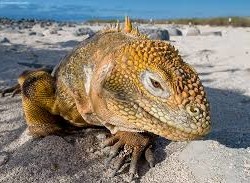
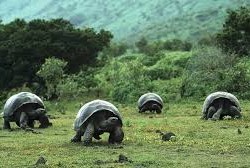
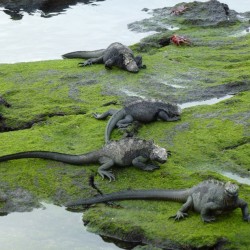
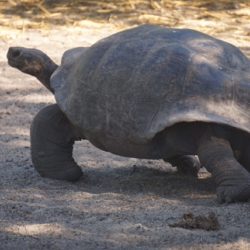
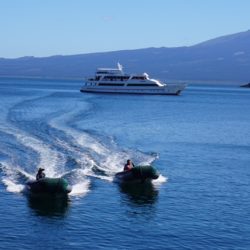
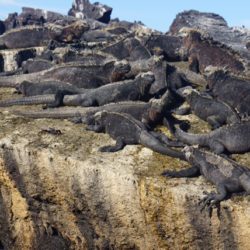
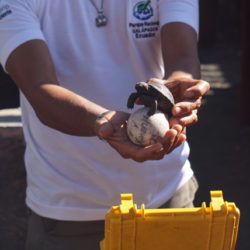
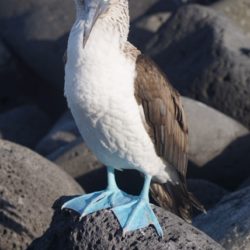
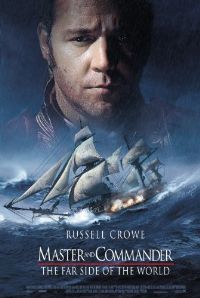 Master And Commander
Master And Commander
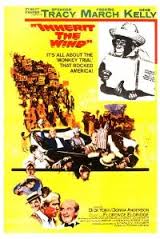 Inherit the Wind
Inherit the Wind
